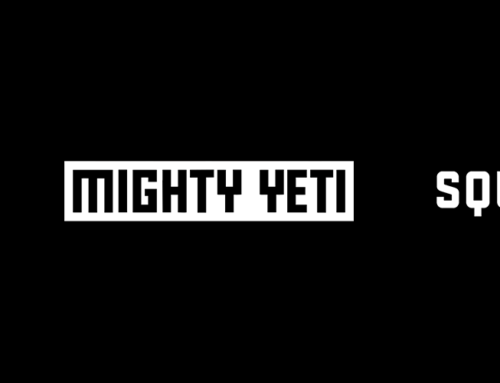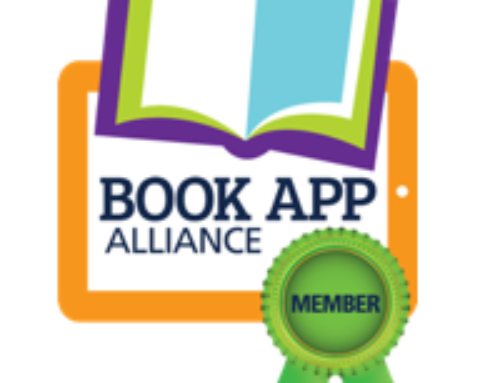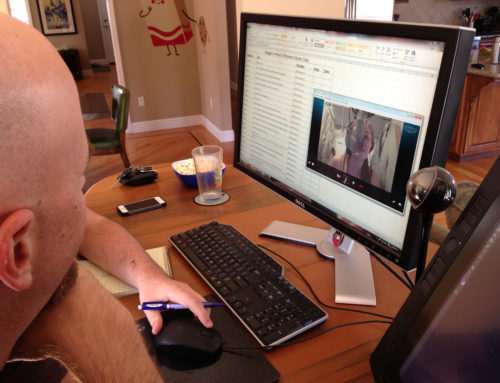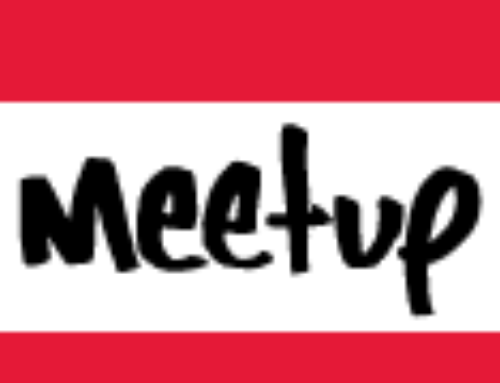I’m thinking maybe some of you out there are interested in making an app of your own either as a creative outlet, or for supplemental income, or for going full throttle full time and replacing your 9-5 income entirely. And if you’ve spent any time researching what goes into doing it, you’ve probably found that it’s not as easy as it all seems on the surface. That if you’re a great programmer you might not be a great artist. That if you’re a great artist you don’t know anything about marketing. That if you’re a marketing expert you have only an hour to yourself each night and it will take 100 years to finish your project. So what I’m interested in doing is writing some nuts and bolts of apps-making posts, and I’m hoping you’ll be interested in reading them. Because around here right now we’re going from zero to a hundred. We’re a house that’s being built from an empty plot of land that’s slowly turning into something worth living in. Or maybe a more apt analogy is that we’re an empty lot turning into a skyscraper. Every window in this 30-story tower represents something new we’ve had to learn in order to build it, and there are a lot of windows in this tower. And they all need to be washed.
So step one, specific to storybook apps: write your story. Sounds simple, but maybe not so much depending on your skillset. Are you an illustrator who’s dying to do a kid’s book but you don’t feel you can do justice to a story? Find a writer. We had the words and we had to find the pictures. It took work to find the right people, and there were some bumps along the way, but the people you need are out there no matter which side you’re coming from. But first get your story settled, because everything is born from that.
BUT WAIT. Even now, even at this very beginning step of writing, you should keep something very important in mind, which is: who is your audience? Who will buy your storybook app? It’s true that ultimately you will need to write what’s important to you, regardless of what the trends are or what the marketplace says, but it’s not bad to check what you want to do against who your audience is. For example, let’s say your target audience is 2 to 5 year olds. It’s likely that a big segment of your buyers will be moms and dads aged 30-45. You have a burning passion to do a Nighty Night-like app, but with zombies. You know it will be a big seller because Nighty Night is huge and you love the undead and you want to combine these two winners. But no, this is the point in your genesis story where you have to analyze your strategy. The zombie example is hyperbole, sure, but the idea holds true: know your audience. Most 2 to 5 year olds don’t like zombies, but more importantly, parents of 2 to 5 year olds won’t pay for zombies. Make something that you love that you’re as certain as you can be that your audience will love too.
As for us, with A Shark Knocked On The Door, the idea was rooted in reality. We get a good amount of rain where we live, and we like to splash around in it, and we like to send boats sailing down the flooding gutters with our young kids. So when one of our fleet slips into the sewer, where does it go? All of these elements gave us a lot of imaginative wiggle room. And a little research showed us that shark books were well-received, that our protagonist was a good age for a picture book and that kids would relate to him, and that its fantastical elements would make for good book visuals. All of that = a decent bet on parents liking it. No zombies on the premises.
Okay now, good! Step one down. A 30-story skyscraper of steps left to go.






